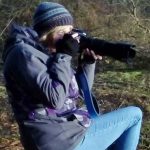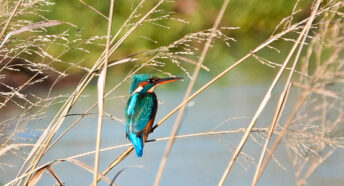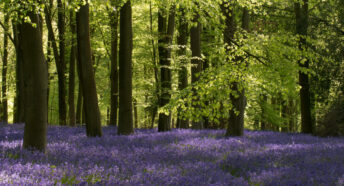Ready to take brilliant photographs of nature and wildlife? An expert shares how
After Rhiannon Law’s family got tired of hearing about how she wished she could be a wildlife photographer, she was given a camera and told to get out and take some photos. Nearly ten years later, she’s still doing exactly that. She explains her approach to nature photography, the benefits to her mental health and how you can give it a try.
Having always had a love of nature, I enjoyed looking at wildlife photos but never thought I’d be the person taking them. But as soon as I took my Nikon DSLR out of the box, I became absorbed by all things wildlife photography: the techniques, the creativity, the gear – and the opportunity to spend more time watching wildlife.
On most days, I’m an opportunistic wildlife photographer, always taking my camera with me on days out and evening walks. I’m lucky to live close to many wildlife reserves, coastal areas and green spaces where there is nearly always something to see. This opportunism does not always pay off but can lead to some fantastic encounters.
Sometimes though, I’m a planner; either scoping out potential locations for one-off photography trips or taking images as part of a local patch project. I aim to capture images that encourage others to appreciate the natural world while ensuring that I do not distress my subject or damage any habitats.
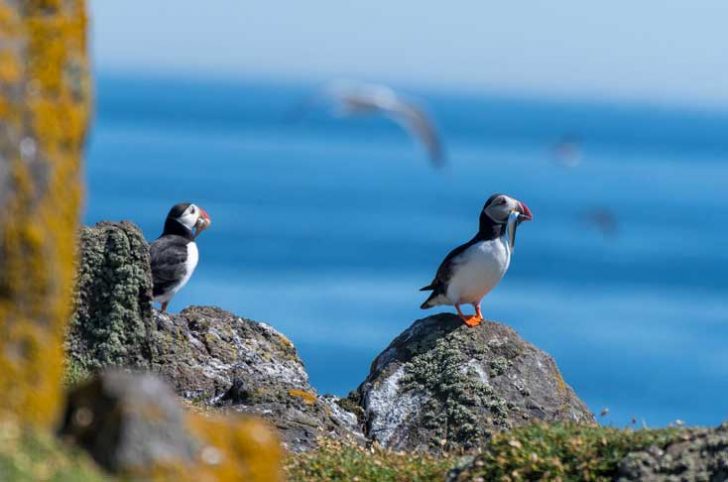
Alleviating anxiety
Many people are now aware of the benefits of getting out into green spaces and connecting with nature for mental health and wellbeing.
For me, wildlife photography has helped to alleviate anxiety and stress. Firstly, by forcing me to slow down. If I want to find wildlife to photograph, I can’t be marching along as I’ll either miss spotting a subject or flush it from its hiding place. Instead, I must tread lightly and calmly to take in and appreciate my surroundings and not disturb a potential subject.
Secondly, the beauty of wildlife provides a boost of serotonin (a chemical our bodies release that can control emotion) and, during the more exciting encounters, an adrenaline rush. Thirdly, controlling the camera settings focuses my mind on the task in hand and capturing the image helps to release my creative side and gives me a sense of achievement.
When I look through the viewfinder, my whole world reduces to what I see, my camera settings and the thump of my heartbeat.
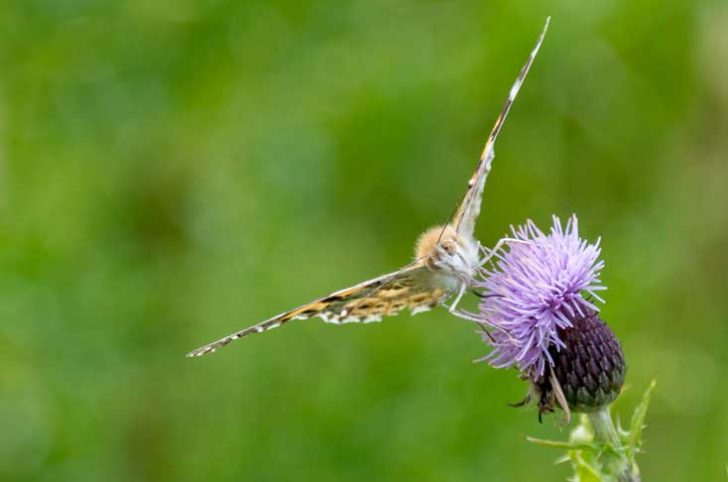
No gear, no fear!
If I’ve whetted your appetite for wildlife photography, you may now be wondering what camera to use. I started with a Nikon entry-level DSLR and kit lens, but I currently shoot with a Nikon D500 and my most frequently used lens is my longest telephoto zoom lens (AF-S NIKKOR 80-400mm f/4.5-5.6G ED VR).
However, with the advancements in smartphones and compact cameras in recent years, it’s no longer the case that you need expensive equipment to give wildlife photography a try.
It’s more important to build a relationship with your subject through your fieldcraft and knowledge of their behaviour. If your subject is comfortable with you getting close, you don’t need a long lens.

Rule number one: there are no rules
As with any creative pursuit, there are no rules for what makes a great wildlife image. However, there are some conventions and I’d recommend shooting with these in mind and learning all the controls on your camera before you start experimenting. As Picasso said: ‘Learn the rules like a pro, so you can break them like an artist’!
If you’re using a smartphone, many now have ‘pro’ settings to give you the option to get away from using ‘auto’. Remember that your garden or a local green space is the best place to try out new techniques, rather than on a day trip to a new location where you risk missing out on getting the shot you want.
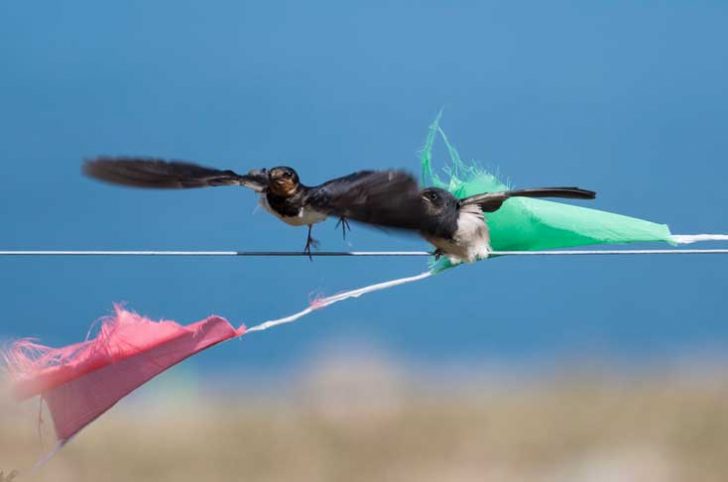
Brave the British weather
Rather than heading out with your camera only when the light conditions are favourable, which will lead to a lot of cancelled photography plans, prepare to get out and about in all weather conditions. Falling snow and driving rain can add interest to what could otherwise be conventional wildlife portraits.
Although many cameras are weatherproof to a certain extent, I tend to feel more comfortable carrying a waterproof cover for my camera. It gives me the confidence to continue shooting in rubbish weather.
Another option for rainy days is to visit a reserve and sit in a hide. Many professional wildlife photographers and organisations all over the UK have also started to offer hides for hire, some including tuition, which means you can get in front of more elusive species in all weathers.
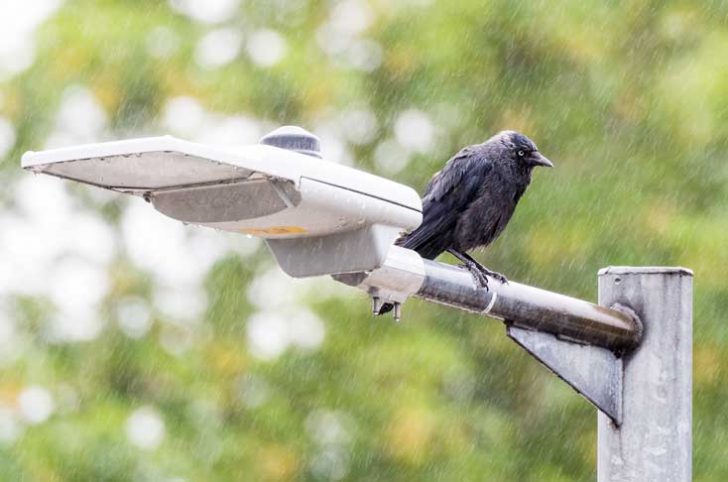
Do your homework
If you’re anything like me, reading up on the behaviour of a species you want to photograph or fieldcraft techniques to help you get close to your subject will be a big part of the enjoyment you get from wildlife photography. I also do plenty of research into potential locations and check social media channels for the latest sightings.
There are no guarantees where wildlife is concerned, of course, but the better informed you are, the better your chance of success. There are also some fantastic courses available on subjects like identifying bird song as well as opportunities to hone your craft under the guidance of a professional wildlife photographer.
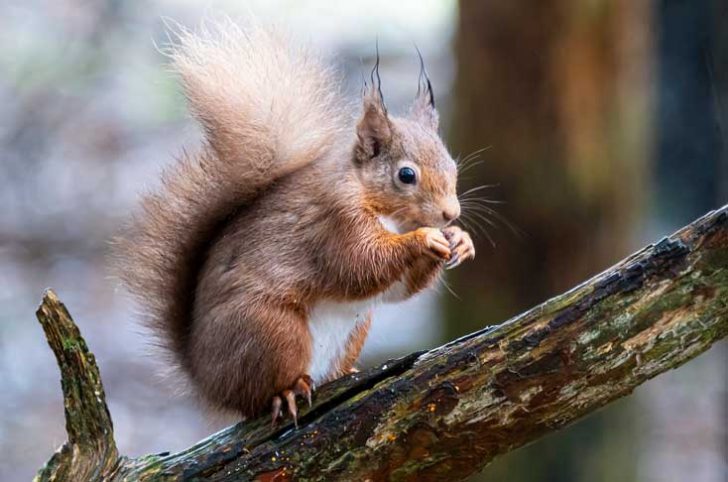
Stay local
I thoroughly recommend choosing a local patch and visiting it as often as you can. If you have a back garden or other green space close to your home, this may be your best option. However, a local nature reserve that you can get to without too much effort is also worth considering and may provide you with the opportunity to meet other wildlife enthusiasts.
By returning to the same location, you can monitor changes in flora and fauna throughout the seasons, such as fledgelings in spring and the changing colours of autumn. Once you’re regularly visiting, it’s worth finding a subject at that location to focus your attention on. Oh – and don’t worry if this is a species that people see every day! Nature has a way of creating infinite new image opportunities for even the most common wildlife.
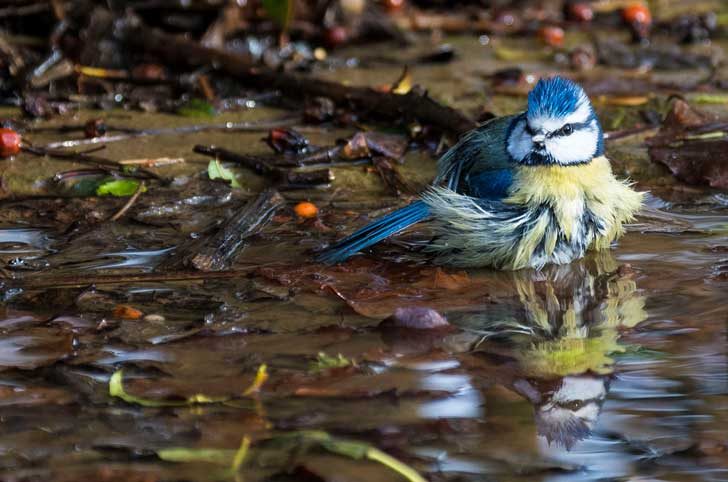
Practise patience
A lot of time spent photographing wildlife is time spent waiting, time spent sitting still, time spent watching. Patience is vital! This may sound frustrating, but I love having the opportunity to slow down, be still and appreciate the beautiful landscapes and wild spaces the UK has to offer.

Now, stop wishing you could be a wildlife photographer; grab your camera and get out there!
My favourite encounters in focus
Bickering gannets at Bempton
Northern gannets can be spotted nesting on coastal cliffs in the north of the UK – and you don’t need to have your sea legs to see them.
This image was taken from a viewing point at the top of Bempton Cliffs, which hosts a colony of these birds every summer. The bird on the left is only a few years old and had landed too close to its elders. They were quick to let it know that this was a mistake! I’d recommend the unforgettable spectacle of a seabird colony if you’re looking for images full of beauty and drama.
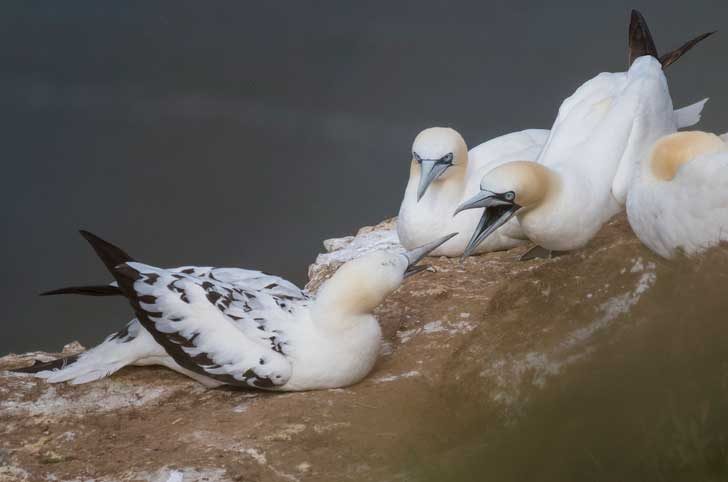
Dodging the deer rut
This moody image was captured in very misty conditions during the build-up to a rut between the red deer stags pictured.
Despite being ultra-cautious and giving the rut plenty of space, a few minutes after taking this image I was in real danger when one of the stags admitted defeat and hurtled up the hill to where I was standing hundreds of metres away. The next thing I knew, I was walking next to a huge, blowing, stamping, testosterone-fuelled stag with just metres between us. I was overcome with relief when he suddenly sprang away. I was unharmed but needed to sit down on a bench to get my breath back.
Although this was a bit nerve-wracking, I will never forget being so close to such a stunning wild animal and this remains one of my more adrenaline-fuelled wildlife encounters.
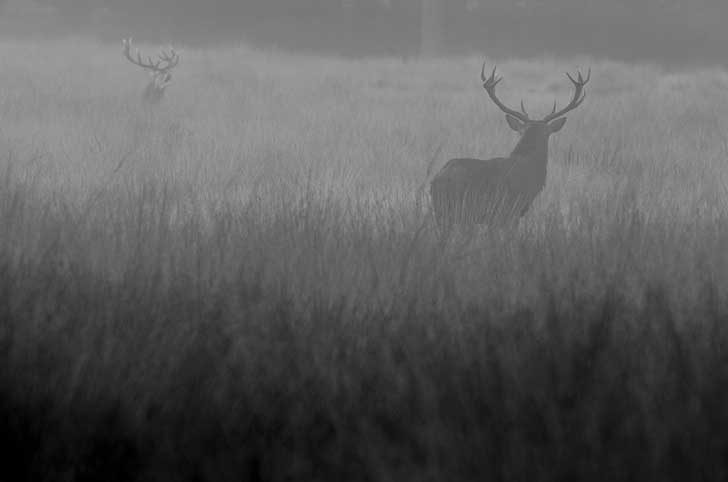
Seal surprise
We’d stopped off on the east coast on our way back from a holiday in Northumberland and got a pleasant surprise when two seals popped up not long after we arrived at Dunbar Harbour. Both were completely comfortable with our presence and kept swimming towards us.
In an ideal world, I’d like to have captured this image from a lower perspective to get more of a seal’s eye view, but much of wildlife photography is about working within the constraints of the situation! Later I found out that grey seals are regular visitors to the harbour, as they can get scraps to eat from the fishing boats, so I’m planning to return in the hope we’ll get lucky again.

Rhiannon Law is an astonishingly talented amateur wildlife photographer based in Glasgow. Enjoyed reading the tales of her experiences? You can follow her adventures in wildlife photography at her fantastic blog, and to see more of her images do visit her on Instagram or explore her website.




